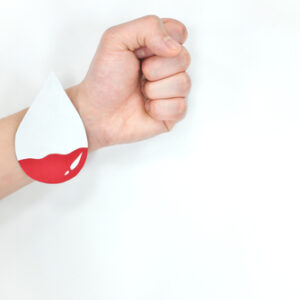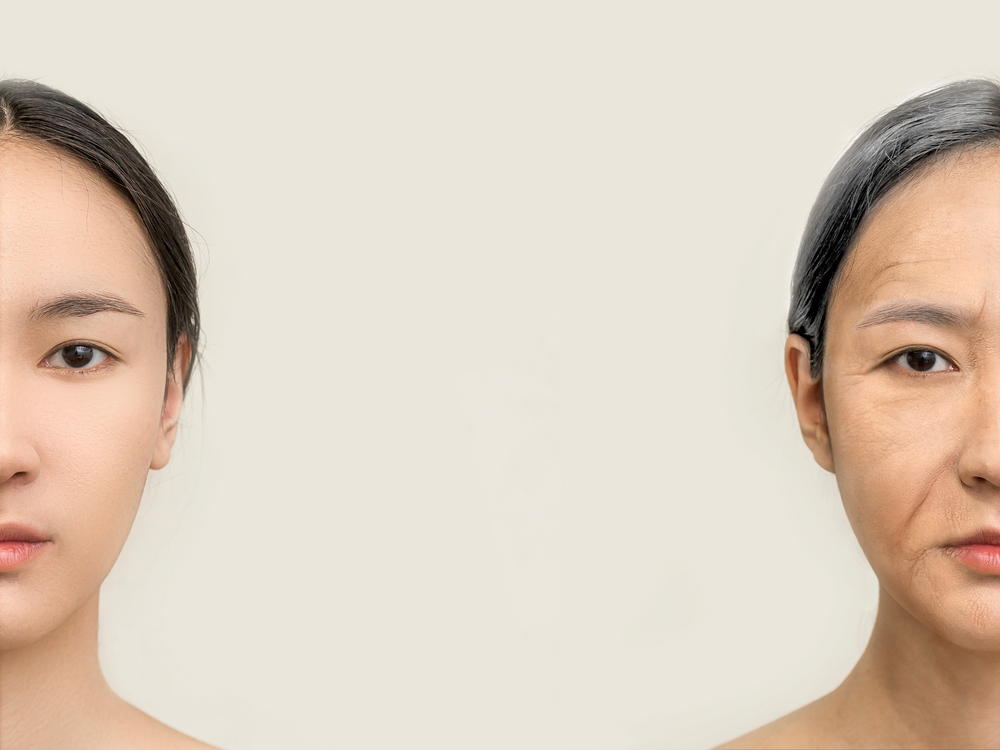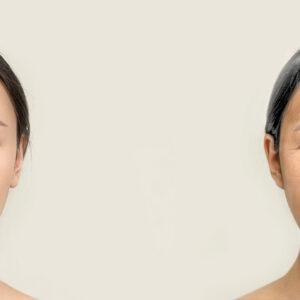How can I measure my bone mass?
A bone mineral density (BMD) test can provide a snapshot of your bone health. The test can identify osteoporosis, determine your risk for fractures (broken bones), and measure your response to osteoporosis treatment. The most commonly used BMD test is called a central dual-energy x-ray absorptiometry, or central DXA test/DEXA Scan. It is similar to having an X-ray. A BMD test measures your bone mineral density and compares it to that of an established norm or standard to give you a score.
| Calculate your Bone Mass |
| Bone mass (kg) = Fat-free mass – Muscle mass |
What are the normal ranges of bone mass?
For females:
| Body weight | Bone Mass |
| < 50 kg | 1.95 kg |
| 50 – 75 kg | 2.40 kg |
| > 76 kg | 2.95 kg |
For males:
| Body weight | Bone Mass |
| < 65 kg | 2.65 kg |
| 65 – 95 kg | 3.29 kg |
| > 95 kg | 3.69 kg |
What could be the reasons for a low bone mass?
Bones naturally become thinner as people grow older. As this occurs, the bones lose minerals, heaviness (mass), and structure, making them weaker and increasing their risk of breaking. Most people begin losing bone mass after they reach peak bone density at about 30 years of age. The thicker your bones are at about age 30, the longer it takes to lose bone density.
Some people who have low bone density may not have bone loss. Low bone density may also be the result of one or more other conditions, disease processes, or certain medical treatments. Women are far more likely to develop low bone density and osteoporosis than men, because women have a lower peak bone density and the loss of bone mass speeds up due to hormonal changes at the time of menopause.
In both men and women, the following can contribute to low bone density:
- Eating disorders or metabolism problems that do not allow the body to take in and use enough vitamins and minerals
- Chemotherapy, or medicines such as steroids used to treat a number of conditions, including asthma.
- Exposure to radiation.
- Having a family history of osteoporosis.
- A diet low in calcium & vitamin D intake, especially in childhood. Vitamin D is essential for Calcium absorption.
- Increased thyroid hormone levels can also cause bone loss.
What could low bone mass mean?
Loss of bone density can lead to osteopenia or osteoporosis —disorders in which bones become very fragile and more likely to break. A T-score from DEXA Scan ranging from -1 to -2.5 is classified as osteopenia. The lower the score, the more porous your bone becomes. Osteoporosis is when bones are more porous and fragile than in Osteopenia. Osteopenia is the thinning of bone mass. While this decrease in bone mass is not usually considered “severe,” it is considered a very serious risk factor for the development of osteoporosis.
Osteopenia is commonly seen in people over age 50 that have lower than average bone density but do not have osteoporosis. The diagnostic difference between osteopenia and osteoporosis is the measure of bone mineral density. Major difference between osteopenia and osteoporosis is that in osteopenia, the bone loss is not as severe as in osteoporosis. That means someone with osteopenia is more likely to fracture a bone than someone with a normal bone density but is less likely to fracture a bone than someone with osteoporosis.
On the other hand, Osteoporosis, the “fragile bone disease”, is characterized by a loss of bone mass caused by a deficiency in calcium, vitamin D, magnesium and other vitamins and minerals. Older adults with osteoporosis are most vulnerable to breaks in the wrist, hip, and spine, which can limit mobility and independence.
What are some tips to maintain Bone Mass?
Adequate Calcium intake
For adults aged 19 to 50 and men aged 51 to 70, the Recommended Dietary Allowance (RDA) is 1,000 milligrams (mg) of calcium a day. The recommendation increases to 1,200 mg a day for women aged 51 and older and for men aged 71 and older. Good sources of calcium are dairy products, almonds, and broccoli, kale, and soy products, such as tofu.
Adequate intake of vitamin D
Your body needs vitamin D to absorb calcium. For adults aged 19 to 70, the RDA of vitamin D is 600 international units (IUs) a day. The recommendation increases to 800 IUs a day for adults aged 71 and older. Good sources of vitamin D are oily fish, such as salmon, trout, whitefish and tuna. Additionally, mushrooms, eggs and fortified foods, such as milk and cereals, are good sources of vitamin D. Sunlight also contributes to the body’s production of vitamin D.
Include physical activity in your daily routine
Weight-bearing exercises, such as walking, jogging, and climbing stairs, can help you build strong bones and slow bone loss.






